Lesson One: Can I see the Moon every day and night? Why does it appear to change its shape?
Lesson One Teacher's Instructions (pdf)
Lesson One Student Worksheet (pdf)
Materials
- Lunar Phases Concept Inventory (one per student)
- "Many Moons" by James Thurber
Lesson Sequence
- Engage:
- Begin lesson by discussing stories that students know about the Moon.
- Introduce the story "Many Moons" by James Thurber and either read the whole book or excerpts from it. Ask the students the following questions:
- What do you think the size, distance, and composition of the Moon is?
- Now that you know what Princess Lenore thinks, how would you solve the King's problem?
- Have the students count off by fours and in groups of four decide how they would solve the King's problem. Students should be given approximately fifteen minutes for this task. All groups should have a recorder, a presenter, an encourager, and a timekeeper. The group's presenter should present their groups' solution to the King's problem.
- Discuss as a class the question, "Can I see the Moon every day and night?" During discourse, other questions may emerge and should be placed on the driving questions board.
- Instruction should follow with the students' initial assignment of observing the Moon for five weeks and keeping a journal of their Moon observations. At first, students should communicate what they viewed and wondered about regarding the Moon and sky within their journal. However, after lessons two and three (measurement lessons), students should expand their entries to include more purposeful data collection, such as time of day, altitude angle, and azimuth angle. Students should also predict where the Moon will be the following night and why they think this. If the Moon is not where they expected, they should try to speculate why. More detailed entries should begin by the second week of their five week observations.
- Explore:
- Each week, students should share and explore class members' journal observations. Students should compare and contrast their Moon observations.
- The exploration stage should last approximately five weeks and will overlap with the explaining stage. Lessons 2-4 should be conducted throughout this state, since much of it is conducted outside of class time.
- Explain:
- Throughout the five weeks students should try to explain Moon patterns and explain any discrepancies in their journals when compared with other class members' journals.
- Elaborate:
- Provide further investigations by allowing students to participate in an online Moon project where students share their Moon observations with students from around the world. Students should try to decipher if and why students' observations appear the same or different than their own.
- Evaluate:
- Provide opportunity for students to review and reflect on their own Moon learning and other students' ideas concerning why the Moon appears to change shape and appears at different times throughout the month. Give students opportunities to discuss their thoughts and ideas. Request that students provide evidence for their conjectures.

 Lessons created by:
Lessons created by: